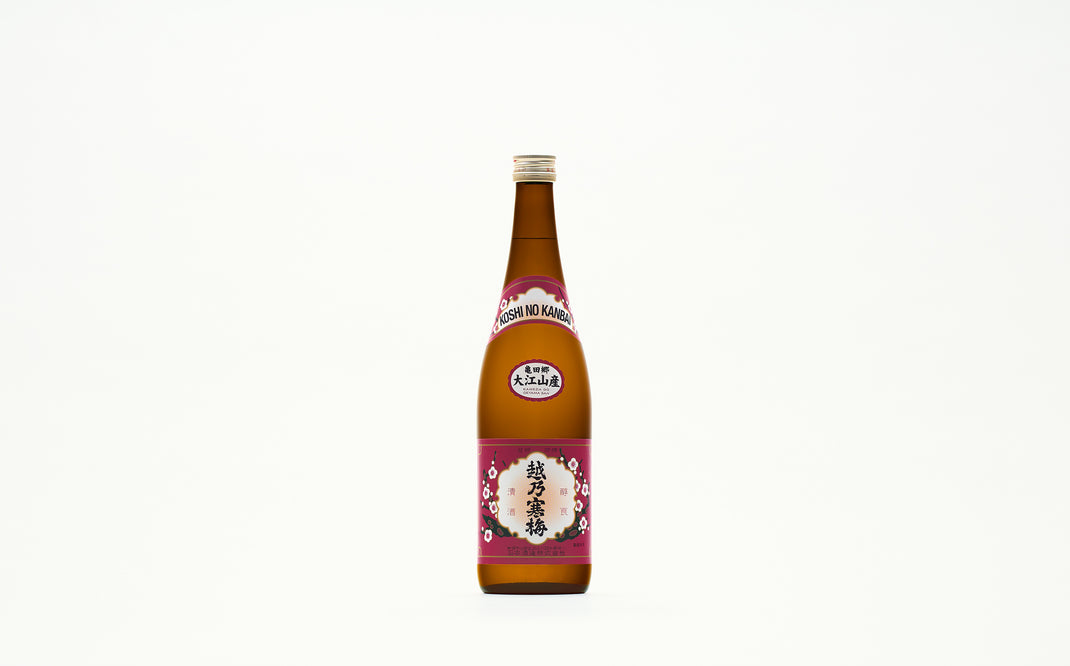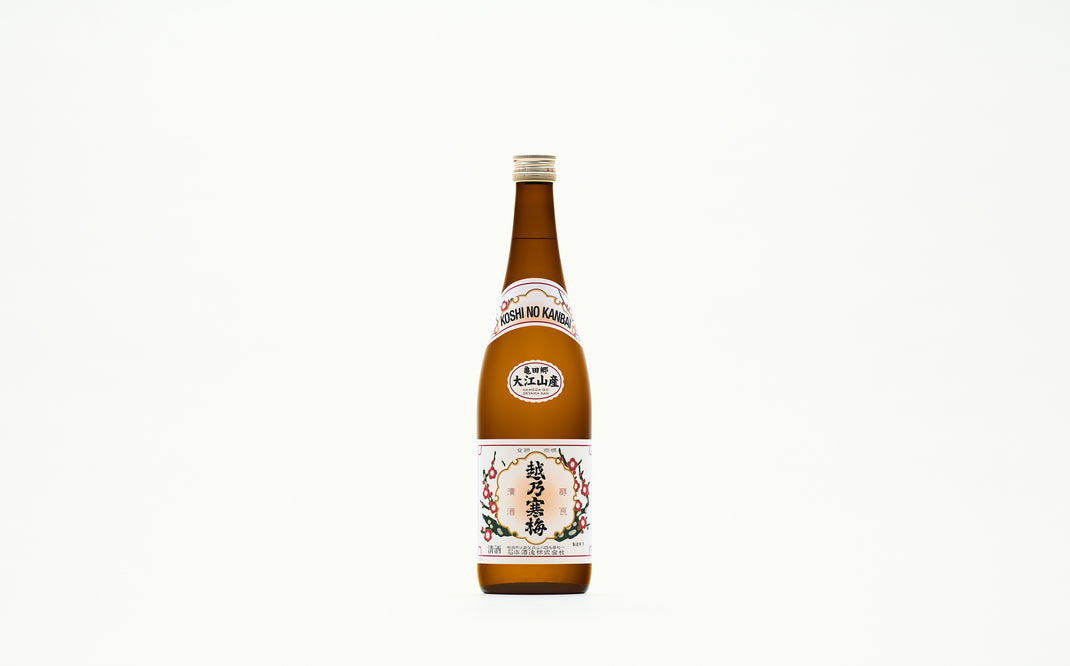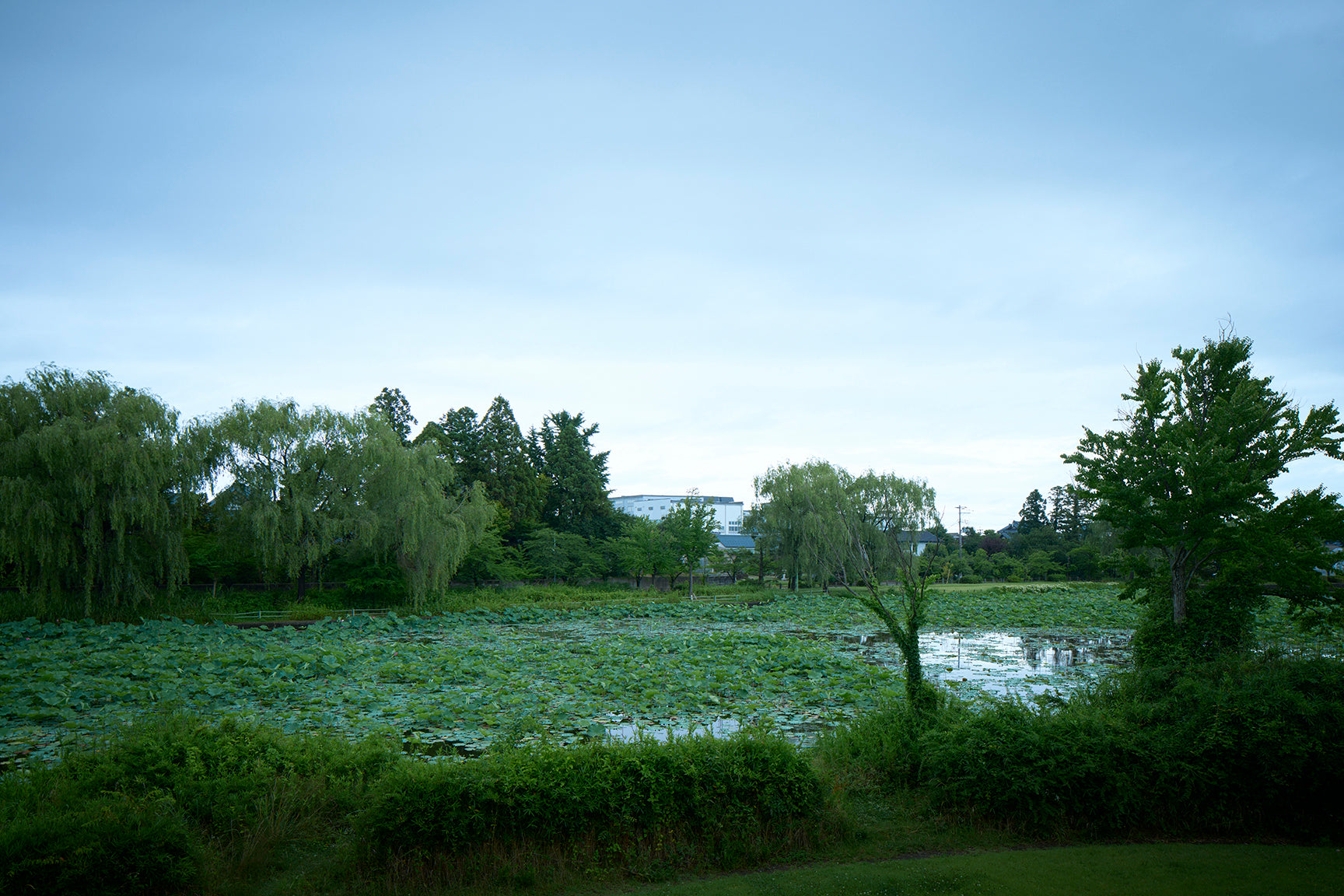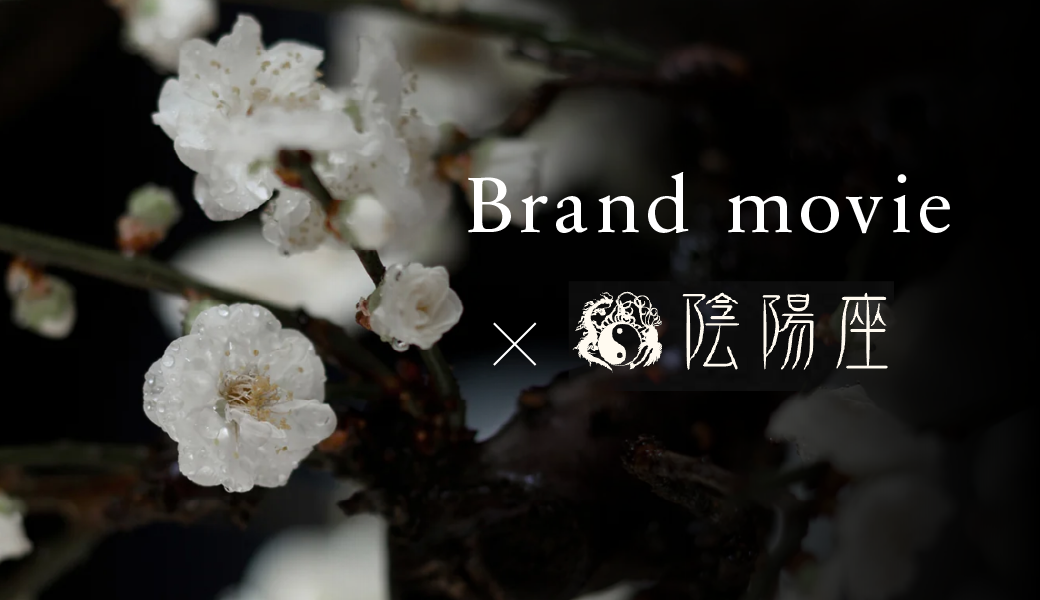Making sake is a source of pride.
Ishimoto Sake Brewery is committed to contributing to the local community through sake brewing. One shining example of that is Koshi no Kanbai Kamedago Oeyamasan, a limited-edition sake produced in Niigata Prefecture. Here, we delve into the passion driving this project and what the future holds for Ishimoto Sake Brewery.
Brewing hometown pride.

Ishimoto Sake Brewery is located in the Oeyama neighborhood in northeastern Konan Ward of Niigata City, in Niigata Prefecture. It is the site of green rice paddies lining the Class A Agano River that nourishes the land. Perhaps you have heard of a sake called Koshi no Kanbai Kamedago Oeyamasan, a sake produced in Oeyama.
It's distributed in a very limited area, so most people are probably not familiar with it. This limited-edition sake is made from 100% Gohyakumangoku rice grown only within Oeyama.
Gohyakumangoku is a strain of sake rice developed in Niigata Prefecture. Compared to normal table rice, the grains are bigger, with a large starchy core called a shinpaku (white heart). The stalks are tall and fall over easily, making it difficult to cultivate and expensive. However, sake made from this rice is light and refreshing. Niigata Prefecture boasts the largest Gohyakumangoku rice production in Japan, which contributes to the high quality of the sake. Rice grown in Koshi no Kanbai's home of Oeyama, brewed into sake at Ishimoto Sake Brewery, and sold exclusively within Niigata Prefecture -- it is the very definition of local production for local consumption.

Ishimoto Sake Brewery helped to establish the Niigata City Oeyama District Gohyakumangoku Cultivation Research Association as a place for farmers, fellow sake brewers, and related educational organizations to work together and promote the local cultivation of high-quality sake rice. Starting with an annual Quality Improvement Strategy Conference in March, it conducts agricultural guidance meetings, collaborates with JA Niigata City on cultivation surveys, analyzes unpolished rice at the Niigata Prefecture Brewing Test Center, and then carries out an overall assessment and reflection on the year at an Achievement Evaluation in December. From there begins another cycle with another strategy conference in March aimed at the next season's production of sake rice.
They also install sensors in the rice fields to record data, enabling precise predictions for harvesting rice under improved conditions. For example, even if a typhoon approaches during the harvest, accurate monitoring of the cumulative temperature allows informed decisions on how much rice is ready for harvesting before the typhoon arrives, minimizing the impact on the harvest.
Sake brewing begins with growing rice.


One notable feature of this project is the participation of eight staff members who work as rice farmers, then brew sake at Ishimoto Sake Brewery during the winter brewing season. For many years, I have worked hard at both rice cultivation and sake brewing. Ishimoto Sake Brewery's ideal of using 100% shuzokotekimai (rice especially suited to sake brewing) for all brewing is what got me started," says Makoto Ikeda, one of the farmer-brewers growing rice from spring to autumn and making sake through the winter. He goes on, "I don't just grow rice and it’s done; I can see the person waiting at the end of the process. That's a pleasure that farming doesn't usually offer."
Even though it’s often said that “sake quality is 80% in the ingredients,” at Ishimoto Sake Brewery the policy is to "never blame sake brewing failures on the rice." It is a strict approach to sake brewing that creates an environment in which brewers are highly motivated to brew sake with the rice they grew with great care. Ikeda says that every time he sips the Kamedago Oeyamasan sake, made with local Gohyakumangoku rice, he feels true pride. "Growing rice and brewing sake are similar in that you can't hide anything. The results are clear to see."

One person helping to share that message is Shinichi Takeuchi, the head brewer, or toji, at Ishimoto Sake Brewery. He says, "I want to make sake that is easy to explain to customers." This particular label was born from the intriguing question, "What would happen if we brewed individual sake batches from rice divided by region?" Working through various relationships, such as the many brewery workers at Ishimoto who were also farmers and connections at the Japan Agriculture cooperative, led to the project’s current shape. To bring Kamedago Oeyamasan to more people would require expanding the farmland being used, but Head Brewer Takeuchi does not believe just any farmer will do. That's because using the name Kamedago Oeyama for this sake signifies to consumers that the farmers are known to the brewery and are reliable.
Bringing a cycle of pride to Oeyama.


"Sake makes people happy. Each person has their own values. Sake isn't just something you drink. There are people who can't drink much alcohol, and little children. Their happiness counts, too." Those are the words of President Tatsunori Ishimoto, who has a particular vision for Kamedago Oeyamasan. "I want to make the local community proud." As a local sake for the Kameda-go area, the first goal is for residents to drink it and be happy, and for the sake to become part of their lives. This hearkens back to the idea that inspired the founder, Ryuzo Ishimoto, to establish Ishimoto Sake Brewery: the simple desire to make sake for local people in the Kameda-go farming industry to enjoy. It also recalls the resolve of Seigo Ishimoto, second-generation president and grandfather to the current president, who said as the brewery struggled in postwar Japan, "If we can only brew a little, we might as well brew something good."

These days, Head Brewer Takeuchi spreads the message by leading classes on sake and rice cultivation at local elementary and middle schools. At first, he was worried about whether such young students would enjoy hearing about sake, but now he reports that over the years, some of the children he met in these classes have become adults and visited him at the Niigata Sake no Jin* event.
Ikeda says, "I feel like my work is really helping build a future." The smile on his face when he says this conveys his pride. The pride of rice growers, the pride of brewers, and the pride of drinkers...that is the virtuous cycle that Koshi no Kanbai Kamedago Oeyamasan has helped create.
* Niigata Sake no Jin
An event held every March with the theme of "Enjoying Niigata sake, on Niigata soil, with Niigata food." It is one of Japan's largest sake events. In 2019, the two-day event attracted around 140,000 people. The secrets to its success are the over 500 varieties of sake on offer, and the chance to build relationships with breweries, as working toji (master brewers) and kurabito (brewery workers) are in attendance.

Kamedago OeyamasanAutumn Limited ReleaseNiigata Only
Tokubetsu Honjozo
An autumn-only release brewed from Gohyakumangoku rice grown in Koshi no Kanbai's home: the Oeyama district of Kameda-go, Niigata Prefecture. Only available in Niigata Prefecture.
- 720ml
- ¥1,210(Tax incl.)
- Out of Stock
- 1.8L
- ¥2,530(Tax incl.)
- Out of Stock

Kamedago OeyamasanNiigata OnlyWinter Limited Release
An winter-only release brewed from Gohyakumangoku rice grown in Koshi no Kanbai's home: the Oeyama district of Kameda-go, Niigata Prefecture. Only available in Niigata Prefecture.
- 720ml
- ¥1,188(Tax incl.)
- 1.8L
- ¥2,310(Tax incl.)
- Out of Stock






